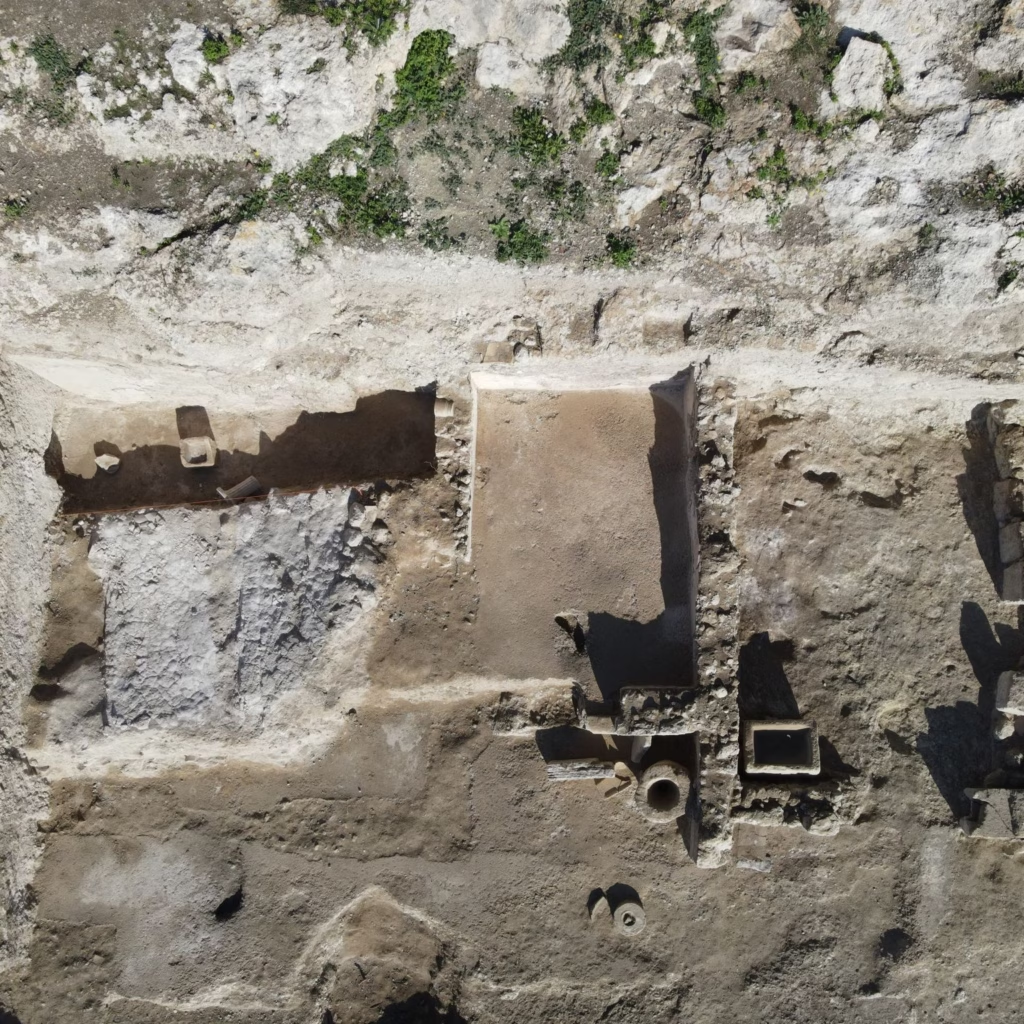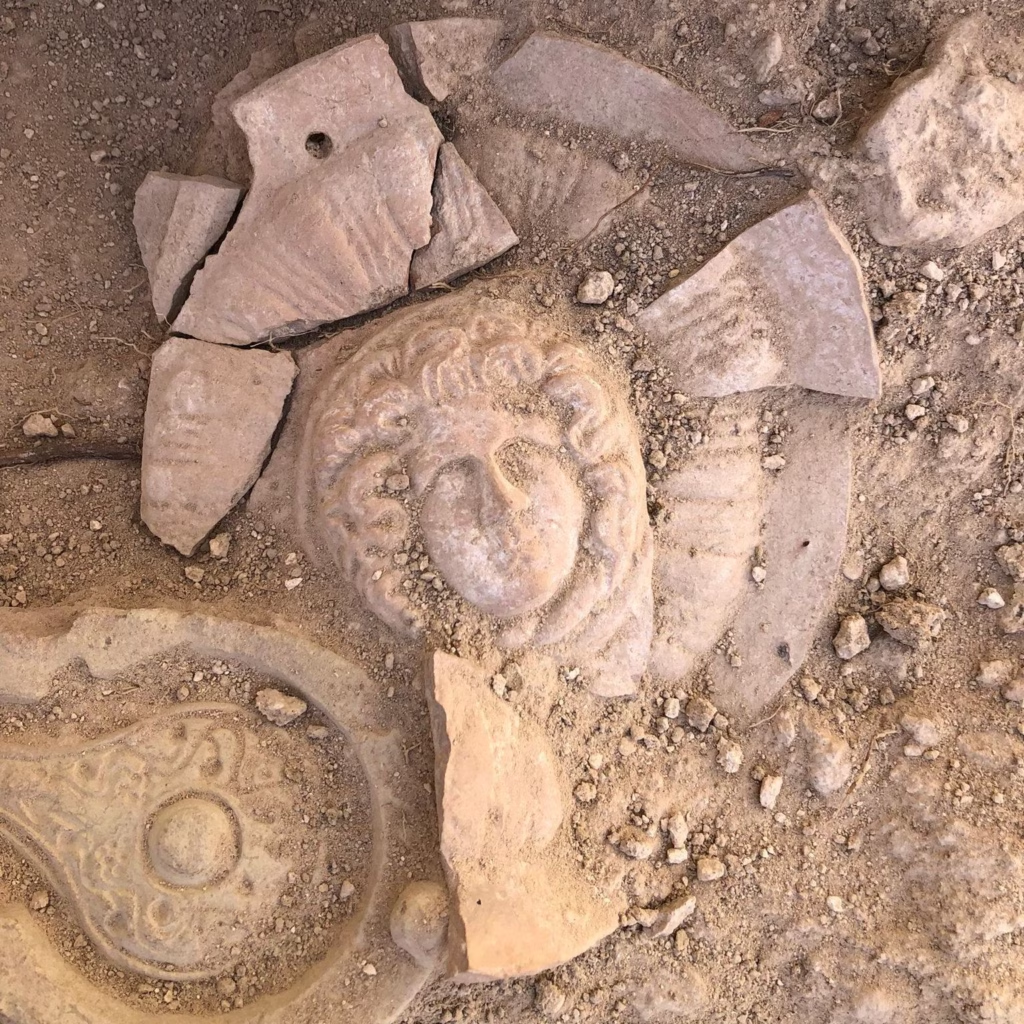In southern Sicily, near the modern town of Licata, archaeologists have uncovered a remarkably well-preserved house in the ancient city of Finziade. Known as House No. 19, the site offers rare insights into everyday life, artisan production, and domestic rituals from over two millennia ago.
The excavation is part of a new campaign supported by the Valle dei Templi Archaeological and Landscape Park and CNR-ISPC in Catania, under the scientific supervision of Maria Concetta Parello and Alessio Toscano Raffa, with Rosario Callea as technical director. Since May 2024, the team has been working to uncover new sections of this ancient Greek-Roman settlement.
More Than a House: A Center of Production and Rituals
Inside House No. 19, archaeologists discovered around 40 molds used to produce small statues and votive offerings—clear signs of on-site artisanal activity. The structure also contains ovens, large tubs, and features interpreted as part of a small-scale brewing system, suggesting that the house served multiple purposes beyond living quarters.

According to the excavation leaders, the findings point to a modest yet economically active community. The area appears to have relied heavily on home-based production and craftsmanship, indicating a lifestyle centered around work, resourcefulness, and domestic worship rather than luxury.
One of the most significant discoveries is a ritual “house bundle”—a collection of small statues and sacred objects that remained untouched for over 2,000 years. This provides a rare look at household spirituality in the ancient Mediterranean world.

What Was Finziade?
Finziade was one of the last Greek colonies in Sicily, founded in 282 BCE by Phintias, the tyrant of Akragas (modern Agrigento), who resettled people from the city of Gela. The settlement later continued to thrive under Roman rule. Today, its remains lie near Licata on Monte Sant’Angelo hill.
Mentioned in ancient sources, Finziade played a strategic and cultural role in the region, bridging Greek and Roman influences in architecture, urban planning, and local economy.

Daily Life and Community Involvement
In earlier campaigns, archaeologists found amphorae containing fish remains, offering clues about the ancient diet of Finziade’s residents. Now, with the discovery of craft molds and ritual items, researchers are gaining a fuller picture of the city’s domestic and productive life.

The project is also notable for involving the local community. Students from Licata’s Linares and Fermi high schools participated in the fieldwork, alongside local heritage associations such as GRAL and the Finziade Archaeological Group. This collaborative model helps preserve cultural heritage while inspiring the next generation.




